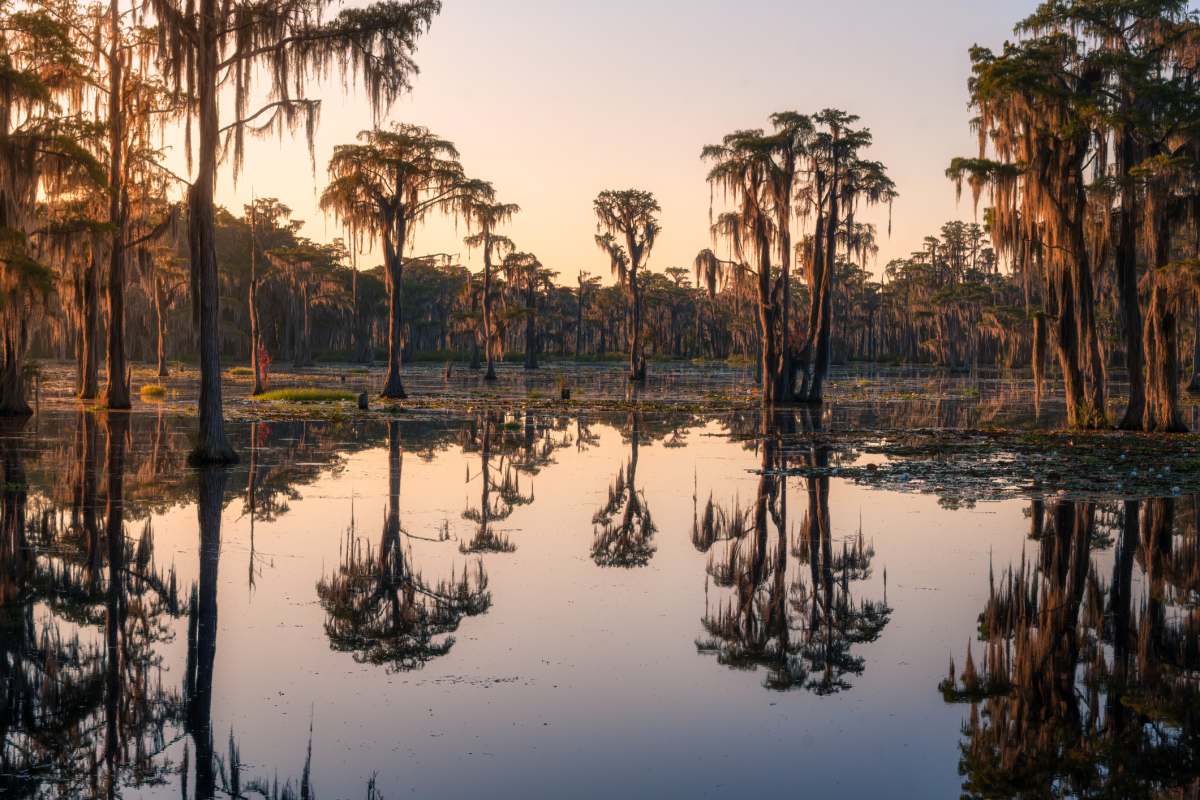Sparrows in Florida Are Struggling to Find a Mating Partner — Thanks to Toxic Metal in Water Sources

Deep inside a forest tucked on the southern tip of Florida, some lovely trilling songbirds are going through a dry season. These sparrows can’t find a partner to mate with. The culprit: Mercury, not the planet but the chemical that has sneaked inside their food and robbed their ability to find a mate. In a study published in the journal Ecotoxicology, researchers document how they collected breast feathers from some of these sparrows and investigated them to find out why this was happening.

In an astonishing revelation, they discovered that intense mercury exposure is severely affecting their reproductive success, mating status, apparent nest success, and total productivity. One of the major factors elevating mercury levels is drying wetlands.
Mercury is not letting these songbirds mate
These sparrows, called “Cape Sable seaside sparrow,” have been known to be endangered for the past six decades. Residing exclusively in Everglades National Park and Big Cypress National Preserve, these songbirds are the target of water mismanagement and habitat degradation provoked by human activities. The metal, notorious for its toxicity, is slowly robbing them of their mating abilities. And while they struggle to find a mate, mercury is outspreading its territory, metastasizing into a giant beast that is pushing the birds into an irreversible collapse.

Lead researcher Alan Mock, a doctoral candidate at Florida International University, had been studying these sparrows for several years. When he realized, in plain sight, that their numbers were dwindling on the charts, he felt concerned. When he tested the biological composition of their bodies, the results engulfed him in shock, per Earth. The more mercury they had in their bodies, the less likely they were to participate in the mating activity.
Water mismanagement is to blame
To find an answer to this question, Mock and his team collected the breast feathers of some of these sparrows during three breeding seasons between 2016 and 2018. They examined the feathers for total mercury concentrations (THg). The samples revealed a clear connection between mercury invasion and local water mismanagement.
Shrinking wetlands
It might seem, at first, that eradicating mercury from the Everglades could be the trick to liberating these sparrows’ breeding rate. But, unfortunately, this is not a possibility because this shiny, silver-white metal doesn’t originate in the Everglades. The liquid D-block element emerges from exploding volcanoes and rocks that are withered and eroded by storms. Once released into the air, either from a volcano’s mouth or a mountainside, the metal clings to the winds and travels long distances, gradually making its way into the water streams that dribble and flow along the sloping hillsides, spilling into seas and oceans.

The wetlands in the Everglades that derive water from these watercourses soon become contaminated with the metal. The microbes lurking inside these wetlands feed upon it and convert it into methylmercury, a dangerously toxic form of mercury that accumulates in the stomachs of aquatic insects. Call it a tragic coincidence, but these insects are one of the favorite parts of this songbird’s diet. Inevitably, when they swallow these insects, the monstrous mercury seeps inside their bodies and starts screwing up their chances of finding a mate.

It isn’t just the funny pleasure factor that calls for an action towards these sparrows' search for mates. It’s also a restorative need for the environment. If no strategy is devised against the mercury poisoning of these birds, the species will soon vanish from the planet, which is a shame. There are just 2,000 sparrows remaining already, or fewer, today. Mock warned that fewer “love connections” could tip the already-vulnerable population into irreversible decline.
More on Green Matters
America’s Favorite Girl Scout Cookies Are Facing a Lawsuit Due To Dangerous Levels of Heavy Metals
Scientists Warn Your Favorite Protein Powder May Contain Unsafe Levels of Toxic Metals
Scientists Have Created a Portable Sensor That Detects Invisible Toxic Metal in Tap Water